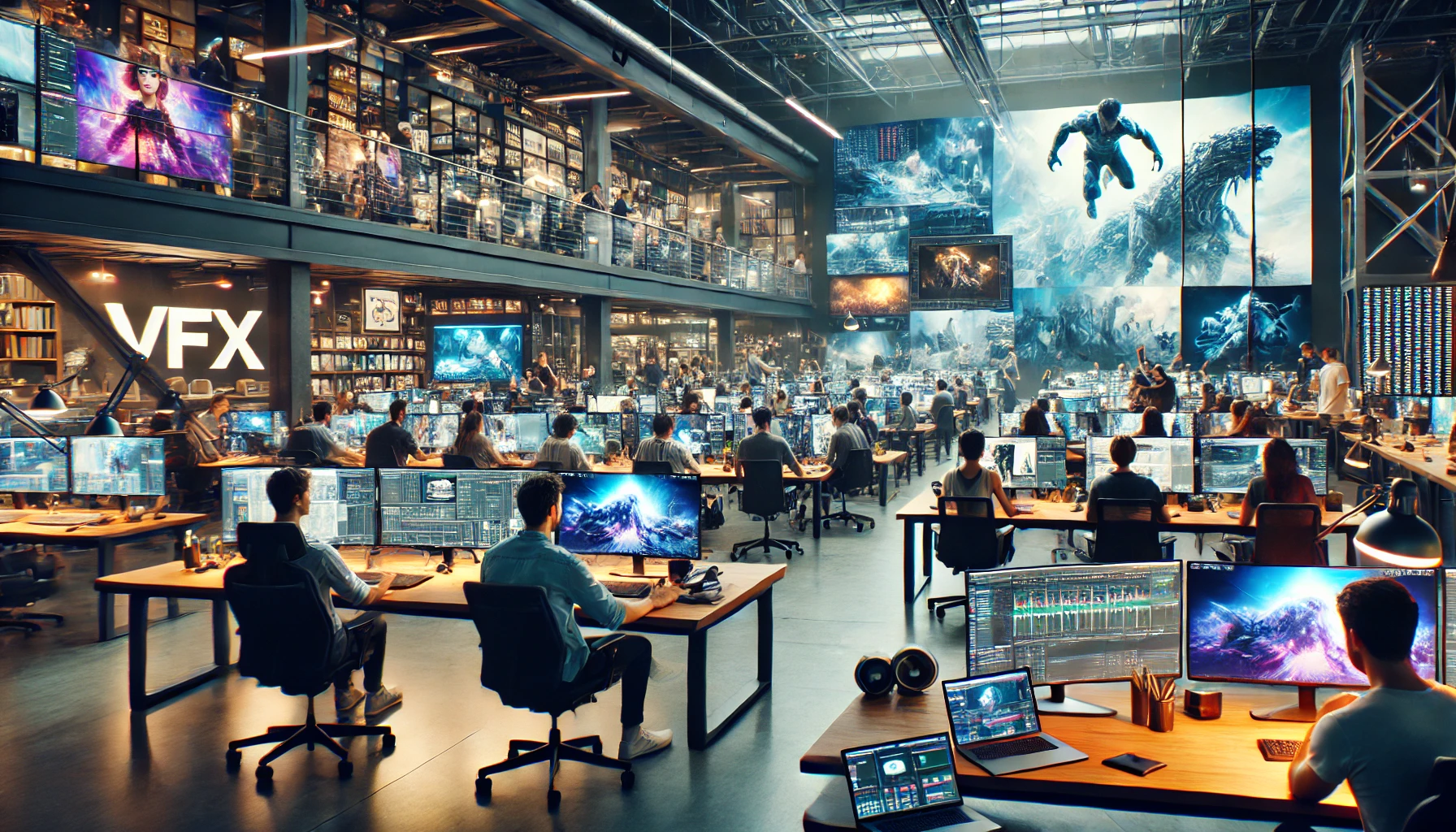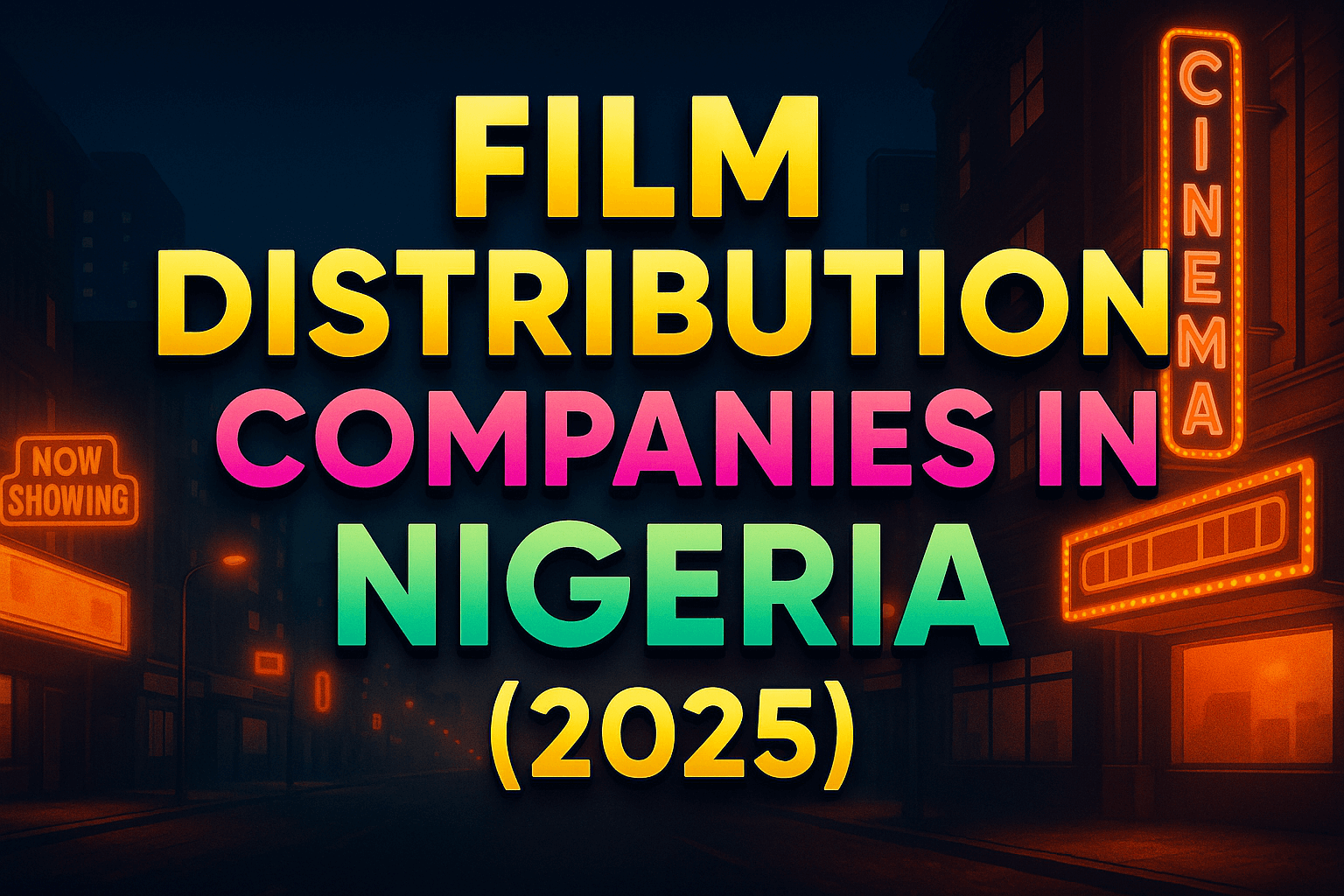Introduction
Whether you’re buying TV content or offering services to production companies, understanding key roles in TV production can help you work more efficiently. Knowing what the executive producer, director, or editor does allows buyers to vet content effectively, while service providers can better position themselves by targeting specific needs.
At Vitrina, we’ve seen firsthand how vital these roles are in making connections between buyers and sellers. With over 72,000 verified professionals in the entertainment industry, Vitrina is an excellent resource for finding the right people for your next project. But it all starts with knowing who you’re looking for!
Key Takeaways
| Key Insights | Relevance |
| Understand who does what in TV production | Helps you collaborate with the right teams and talent |
| Key production roles every buyer and seller should know | Buyers can pick the best partners; sellers can offer targeted services |
| Learn how to use Vitrina to connect with top professionals | Vitrina simplifies finding and hiring the right specialists |
| Importance of post-production for high-quality TV shows | Find and hire the best post-production teams using Vitrina’s network |
| Discover roles that impact both creative and technical aspects | Get the full picture of how TV shows are made and where you can fit in |
Table of content
Looking for the Best TV Production Services?

Pre-Production Roles
Leadership and Creative Vision
Difference Between Executive Producer and Showrunner in TV Production
In TV production, the executive producer oversees the financial and legal aspects, while the showrunner has creative control. This partnership shapes the show’s direction, ensuring both budget and vision are aligned.
Responsibilities of a TV Producer in the Production Team
The TV producer is the glue that holds everything together. They manage schedules, negotiate deals, and make key decisions. For content buyers, knowing how producers operate can help you understand the logistical challenges involved.
Early Visual and Creative Decisions
Role of a Production Designer in TV Series
The production designer sets the look and feel of a show. They collaborate with the director to create a visually appealing world for the characters. If you’re offering set design services, this is a crucial connection.
How Does a Director Collaborate with a Cinematographer?
The director and cinematographer work closely to decide the visual tone of the show, from camera angles to lighting. This relationship defines how the story is told visually.
How Does a TV Production Art Director Work with the Director?
The art director is responsible for executing the director’s vision. They manage the set, ensuring that everything aligns with the visual style. For vendors offering art direction or props, knowing this role is key to successful collaboration.
Table: Key Pre-Production Roles and Responsibilities
| Role | Responsibility |
| Executive Producer | Financial, legal, overall oversight |
| Showrunner | Creative control, story direction |
| TV Producer | Manages day-to-day production, budgets, and teams |
| Production Designer | Visual tone, set design, and overall look |
| Director | Oversees filming, collaborates with cinematographer |
| Art Director | Executes the visual look, manages set construction |
Production Roles
Directing and Filming
What Does an Assistant Director Do?
The assistant director (AD) handles the logistics of filming, ensuring the schedule runs smoothly and everything is on time. If you’re offering production services, you’ll work closely with the AD to keep things moving.
How Does a Script Supervisor Support TV Production?
The script supervisor ensures continuity throughout filming. They track every line and movement to make sure nothing gets out of sync during editing.
How Important is a Camera Operator?
The camera operator brings the director’s vision to life by physically capturing the scenes. Buyers need to ensure the camera crew is skilled in getting the shots that will ultimately sell the show.
Set and Visual Design
Understanding the Role of a Costume Designer
Costumes play a huge role in telling the story. The costume designer makes sure that each character’s outfit matches the tone of the series.
Who Manages Makeup and Hair Styling?
The makeup artist and hair stylist ensure actors look camera-ready and fit their characters. Whether it’s a period piece or modern drama, these roles are essential.
What Does a Prop Master Do?
The prop master handles all objects that actors interact with, ensuring they’re appropriate for the setting and story.
Production Bullet Points: Essential Roles
- Assistant Director (AD): Manages set logistics and scheduling.
- Script Supervisor: Tracks continuity in dialogue and movements.
- Camera Operator: Captures the scenes based on director’s vision.
- Costume Designer: Designs and manages character costumes.
- Makeup Artist & Hair Stylist: Prepares actors to look their part.
- Prop Master: Provides props used in the scenes.
Want to Collaborate with Top TV Buyers?

Post-Production Roles
Editing and Visual Effects
Key Differences Between an Editor and a Colorist
Editors piece together the footage, ensuring the story flows smoothly, while colorists focus on the visual tone by adjusting color and lighting to match the mood of each scene. Buyers need to ensure the post-production team can deliver a polished final product【Post-Production TV Shows】.
The Impact of a Visual Effects Supervisor in Modern TV Series
In today’s world, visual effects (VFX) are often key to storytelling. The VFX supervisor ensures that special effects look seamless and fit the narrative【Green Screen & Special Effects for TV】.
Sound and Music
Key Roles of Sound Designers and Mixers
The sound designer creates all the sound effects, while the sound mixer blends them with dialogue and music. Vitrina helps content buyers find the best sound professionals through its global network【Post-Production TV Shows】.
How Does the Music Supervisor Select the Soundtrack?
The music supervisor ensures that the soundtrack matches the tone of the show. For service providers, this role could open doors for offering original music production services.
Post-Production Table: Key Roles
| Role | Responsibility |
| Editor | Assembles footage to tell the story |
| Colorist | Adjusts lighting and colors for visual consistency |
| VFX Supervisor | Manages CGI and special effects |
| Sound Designer | Creates sound effects |
| Sound Mixer | Balances sound, dialogue, and music |
| Music Supervisor | Chooses and oversees the soundtrack |
Streamline Your TV Production Workflow!

Conclusion: The Importance of Collaboration in TV Production
Every role in TV production plays a part in creating a successful show. From the executive producer to the sound mixer, these professionals work together to bring stories to life. As a content buyer, understanding these roles helps you vet production teams more effectively. As a service provider, you can better position yourself by offering exactly what’s needed at each stage of production.
Vitrina simplifies the process of finding and connecting with these professionals. With access to a global network, you can find the right partners for any phase of production, from pre-production to post-production.
Frequently Asked Questions
Vitrina’s global database includes verified professionals across various TV production roles, making it easier to connect with the right experts.
Yes, Vitrina offers tools to track ongoing TV projects across various stages of production【Post-Production TV Shows】.
The director focuses on the creative aspects of the show, while the producer handles logistics and budgeting.
Vitrina enables service providers to showcase their offerings to a global network of content buyers and producers.














































![Top Film Financing Companies in the UAE [2025 Guide] 38 Top Film Financing Companies in the UAE](https://vitrina.ai/wp-content/uploads/2025/10/Top-Film-Financing-Companies-in-the-UAE1-1.png)





![India's Top Film Distribution Companies [2025 Power List] 44 Top Film Distribution Companies](https://vitrina.ai/wp-content/uploads/2025/10/Top-Film-Distribution-Companies-1.png)
![The Top VFX Companies in India [2025 Ranking] 45 Top VFX Companies in India](https://vitrina.ai/wp-content/uploads/2025/10/The-Top-VFX-Companies-in-India-1.png)
![UK's Top Film Distribution Companies [2025 Edition] 46 UK's Top Film Distribution Companies](https://vitrina.ai/wp-content/uploads/2025/10/Japans-Top-VFX-Animation-1.png)
![Japan's Top VFX & Animation Studios [2025 Power List] 47 Japan's Top VFX & Animation Studios](https://vitrina.ai/wp-content/uploads/2025/10/Japans-Top-VFX-Animation-Studios1-1.png)
